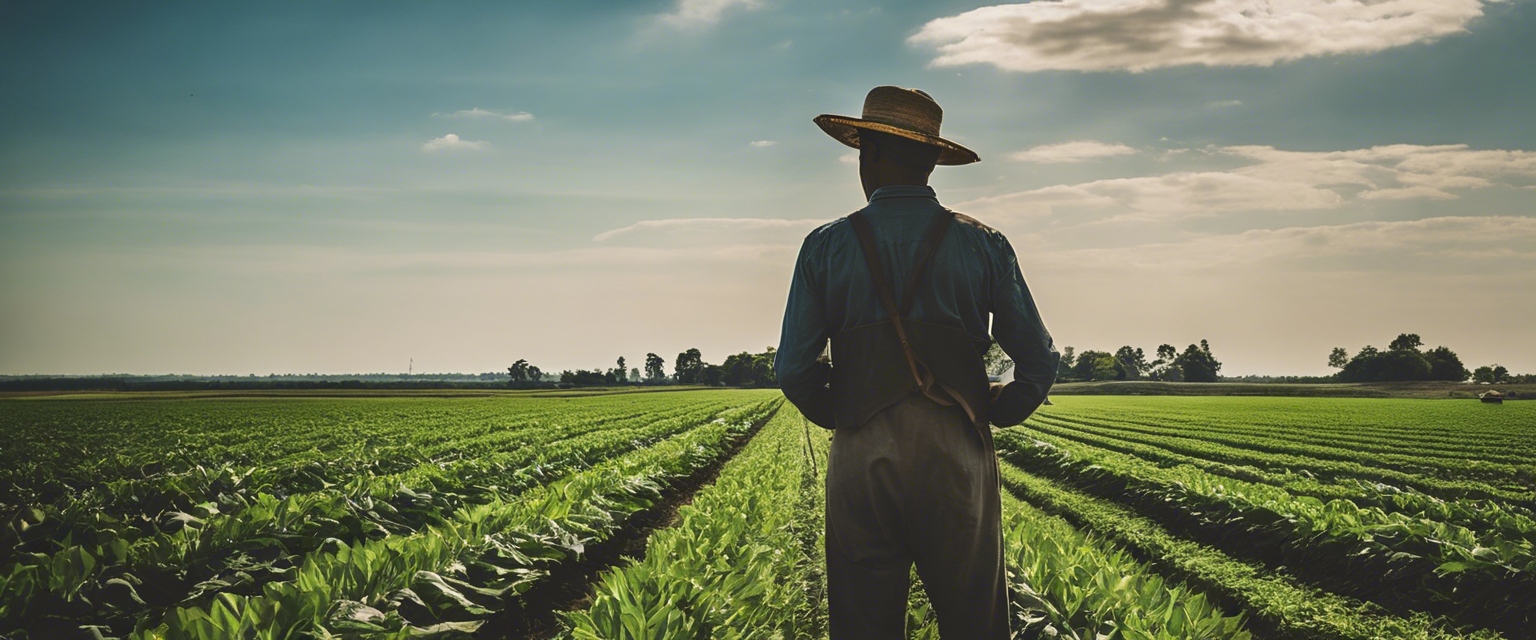The best garden plants for your climate zone
Climate zones are geographical areas defined by specific climatic conditions, including temperature, precipitation, and other environmental factors that affect the growth of plants. These zones are crucial for gardeners to understand as they dictate which plants will thrive in their gardens.
Identifying your climate zone can be done by consulting the USDA Plant Hardiness Zone Map or similar resources specific to your country. This map divides regions based on the average annual minimum winter temperature, helping gardeners choose plants that can survive their local conditions.
Selecting Plants for Your Climate Zone
In northern climates, cool-season crops such as lettuce, spinach, peas, and root vegetables like carrots and beets can be planted early in the spring and again in late summer for a fall harvest.
For southern climates with longer growing seasons, warm-season crops like tomatoes, peppers, cucumbers, and melons are ideal. These plants require more heat and longer daylight hours to produce a bountiful harvest.
Gardeners in temperate zones have the advantage of growing a wide variety of plants. Evergreens, hardy shrubs, and perennials such as hostas and daylilies can provide year-round interest in these regions.
Special Considerations for Plant Selection
Soil type and quality play a significant role in plant health and productivity. Testing your soil and amending it with compost or other organic matter can improve its structure and fertility.
Understanding local pests and diseases can help you select resistant plant varieties and implement effective management strategies.
Choosing plants that are well-suited to your area's water availability is essential for sustainable gardening. Drought-tolerant plants are particularly important in regions with water scarcity.
Maximizing Your Garden's Potential
Every garden has microclimates—small areas that differ in temperature, light, and wind exposure. By observing these variations, you can place plants in the optimal location for their needs.
Companion planting involves grouping plants together that benefit each other by deterring pests, improving soil health, or providing shade. This strategy can enhance your garden's overall productivity.
Succession planting is the practice of planting new crops as others are harvested, which extends the growing season and maximizes the use of garden space.






Comments (0)